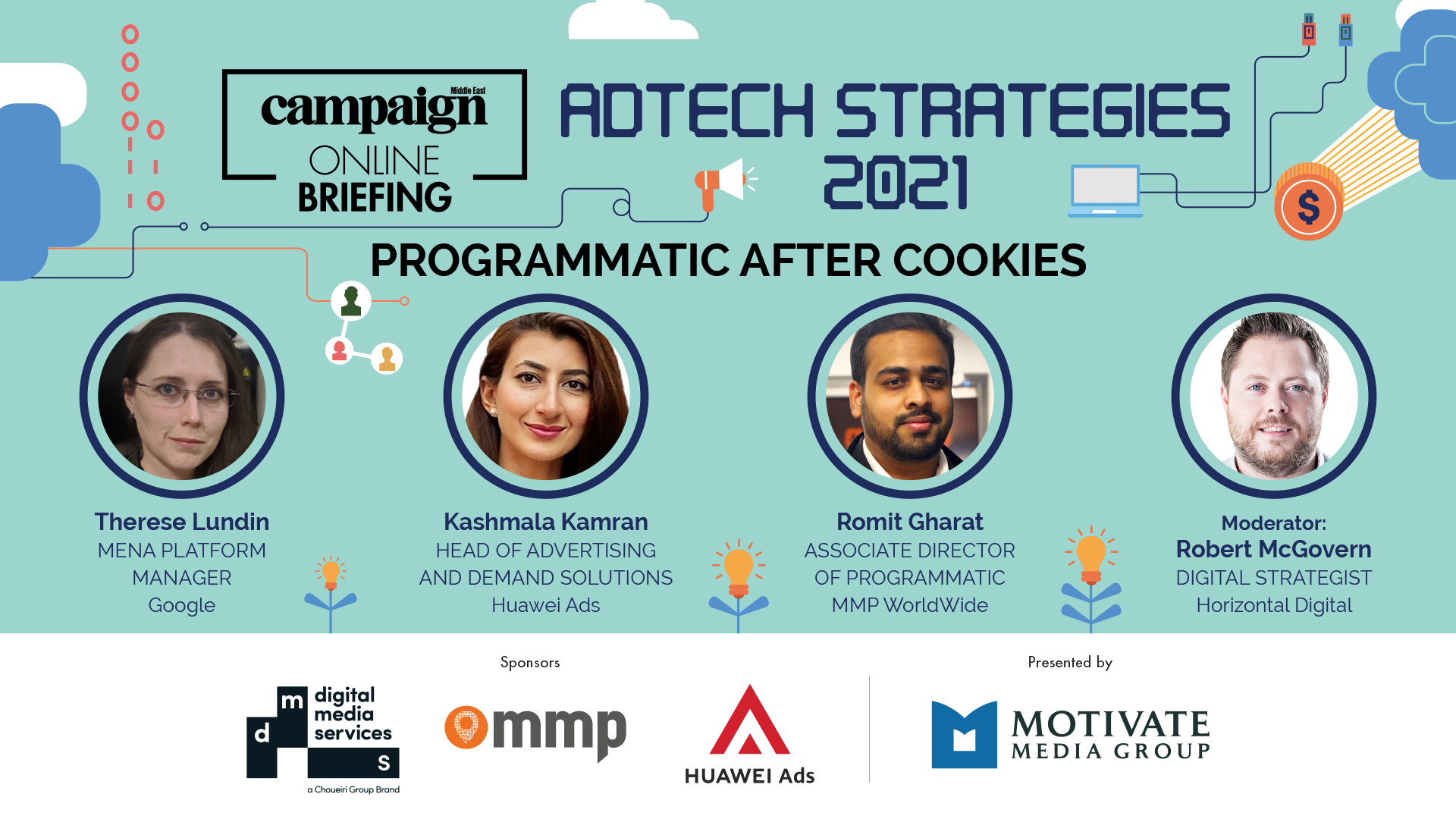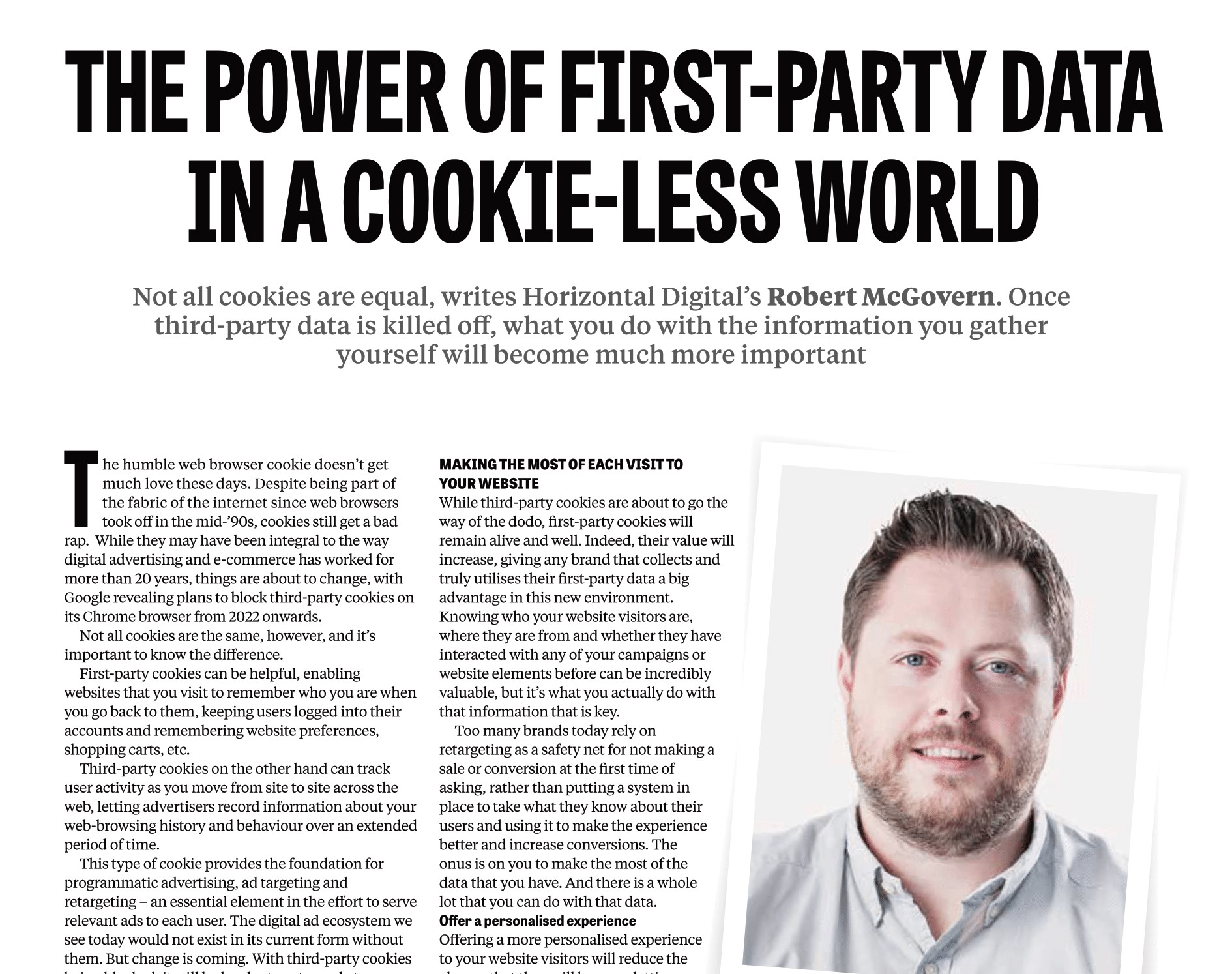I originally wrote this article for MediaPost’s Marketing Insider section
What comes to mind when you think of Artificial Intelligence (AI) and Machine Learning (ML)? If you’re picturing HAL 9000 from sci-fi classic 2001: A Space Odyssey, you might be getting a bit ahead of yourself. AI and ML are hot topics these days, with some of the discourse centering around the potential negative consequences of unregulated AI advancements – computers gaining sentience and taking over the world While this is a scary thought, the reality of how this technology is being used in the real world is a little more prosaic.
The Reality of AI: Personalisation
While advanced use cases like image recognition and autonomous driving are often praised, the most common use cases for AI and machine learning from a commerce point of view revolve around personalisation. In this context, like many other types of personalisation, it basically comes down to taking signals from a particular data set or some past behaviour, and using that to inform a future action. For example, if a system finds out over time that the users that interact with content about car maintenance tend to end up buying more car insurance, then it can prioritize showing more car insurance product suggestions to users that interact with car maintenance content, thus streamlining the journey.
This action can also be done manually of course, but with the help of AI / ML it can be done without a human having to trawl through a sea of data to find the insights and action them. AI / ML can uncover patterns that humans may not see, and can be set-up to automatically action them without explicit go ahead. Look at it like a helping hand in implementing personalisation, letting you free up your marketing team to concentrate on other creative tasks like creating campaigns or copy.
Identifying Consumer Segments
Another particularly helpful role AI / ML can play is to detect customer segments and help create personas. This technology can be very effective at finding ways to group customers together that might not be overly apparent to the human eye. Creating personas can be a difficult thing for brands to get right. Much of the time, true insights can be hidden behind the data and marketers can end-up relying on basic demographic-based characteristics like age, gender, or geography when creating their personas. AI / ML can help discover nuanced segments that human analysts might have missed.
AI won’t work without data
When done well, personalisation can have an outsized benefit for retailers, increasing conversion, cross-selling and brand affinity, and AI / ML is making it easier for companies to get it right. All this comes with a caveat though. To really utilize AI / ML you need data. The more, the better. It’s never been more important for brands to take their first-party data strategy seriously and it’s not just to take advantage of AI / ML. Bolstering your first-party data can have benefits across your whole business – strengthening your ability to sell direct to your customers, increasing margins and lifetime customer value. In a post-third-party cookie world, brands that rely on middlemen to reach their customers will be increasingly at a disadvantage while brands that take their first-party data seriously and use technology like AI / ML to utilize it will be well placed for tomorrow.





